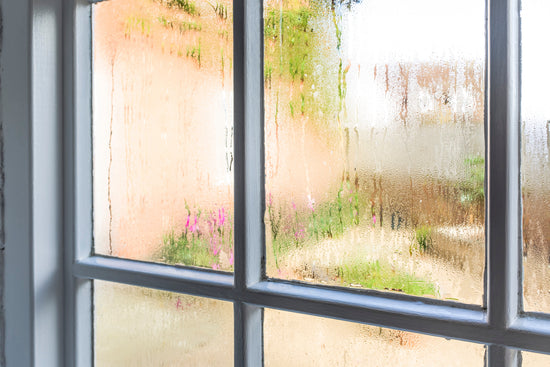Mold is unsightly and can cause allergies, but that’s not all.
The nasty fungus has also been associated with long-term cognitive health, including depression. In other words, mold isn’t just gross; it’s toxic. And because mold can grow anywhere at any time, excising it can be costly for homeowners — upwards of $1,000 in some cases.
Your best bet? Don’t let it start in the first place.
“While mold in a house is most often found on walls, floors, ceilings, carpets and fabrics exposed to moisture, one particularly troublesome hiding place is inside the ductwork and associated components of central forced-air heating and air-conditioning systems,” reports the New York Times.
So as fall approaches and you spend more time indoors, here are three tips to keep your home and head mold-free:
Mold loves water
Mold needs water to grow, so mop up any spills or leaks as soon as possible. And it’s not just major water damage — a leaky faucet or spilled water bottle in the basement is all mold needs to start growing. The EPA says water shouldn’t sit for more than 48 hours inside your home.
Ventilation is key
Stale, unmoving air is mold’s best friend. To keep it from sprouting, exercise proper air ventilation throughout your house with fans and, when available, windows.
Remove carpet near water sources
Carpet is conducive to the spread of mold. As a safeguard, any flooring near susceptible water sources should be concrete or wood.





